Most people view underground transportation as a necessary evil—cramped, dark, and efficient at best. Yet some subterranean transit systems transcend mere functionality to become destinations themselves, offering experiences that rival above-ground attractions through architectural ambition, historical significance, or sheer engineering audacity.
These underground networks transform the mundane act of getting from point A to point B into journeys through art galleries, historical museums, and engineering marvels that happen to move people efficiently between destinations. Here are 19 underground transit systems that elevate the ride itself into an experience worth the journey.
Moscow Métro
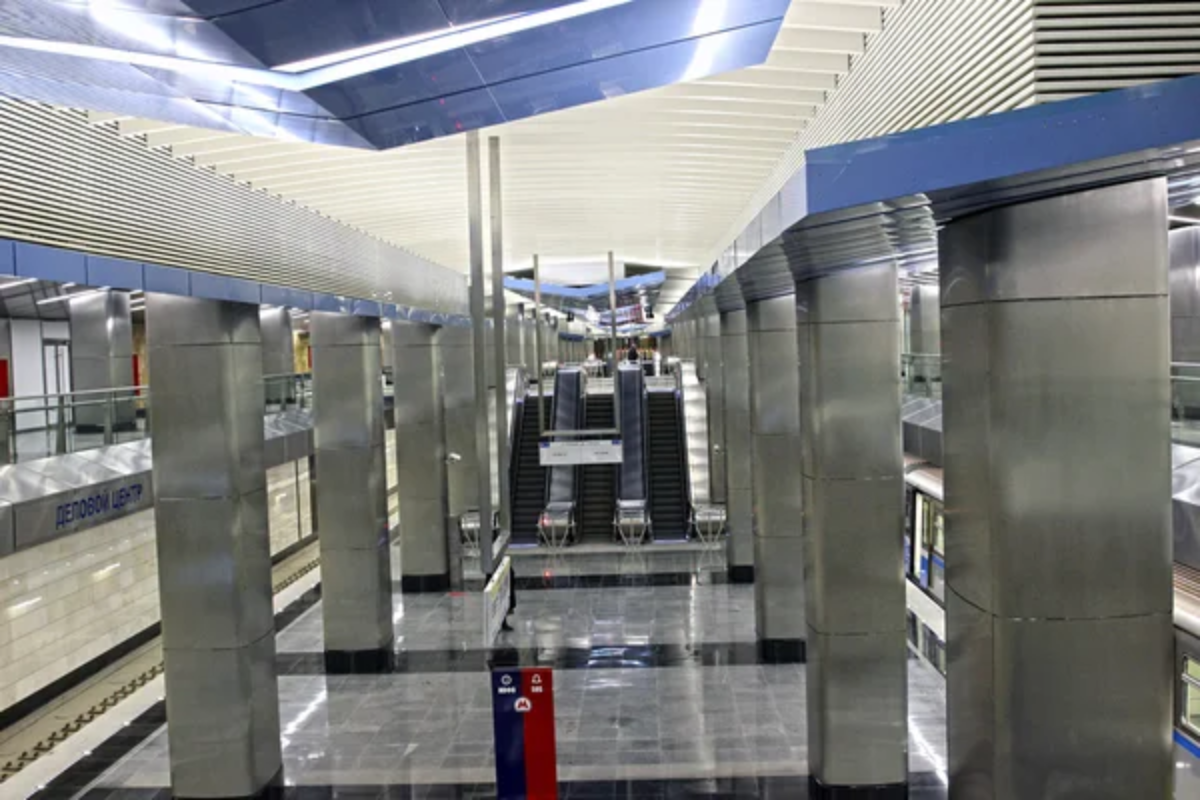
Russia’s crown jewel of public transportation resembles a series of underground palaces more than typical subway stations, with each stop designed as a monument to Soviet artistic ambition. Stations like Komsomolskaya feature baroque chandeliers and mosaic ceilings that rival European cathedrals, while Mayakovskaya’s art deco arches earned recognition at the 1939 World’s Fair.
The system’s 200+ stations include so many architectural masterpieces that riding the entire network constitutes a comprehensive tour of 20th-century Russian art and design.
Stockholm Tunnelbana

Sweden’s subway system transforms bedrock into the world’s longest art gallery, with over 90 stations featuring installations by more than 150 artists who’ve turned utilitarian spaces into immersive experiences. T-Centralen’s blue and white vine patterns climb natural rock walls, while Solna Centrum’s red ceiling evokes both sunset and Swedish political commentary.
The system’s policy of commissioning local artists for each station creates an underground museum that reflects Swedish cultural values while providing efficient transportation across the capital.
Like Travel Pug’s content? Follow us on MSN.
Naples Métro
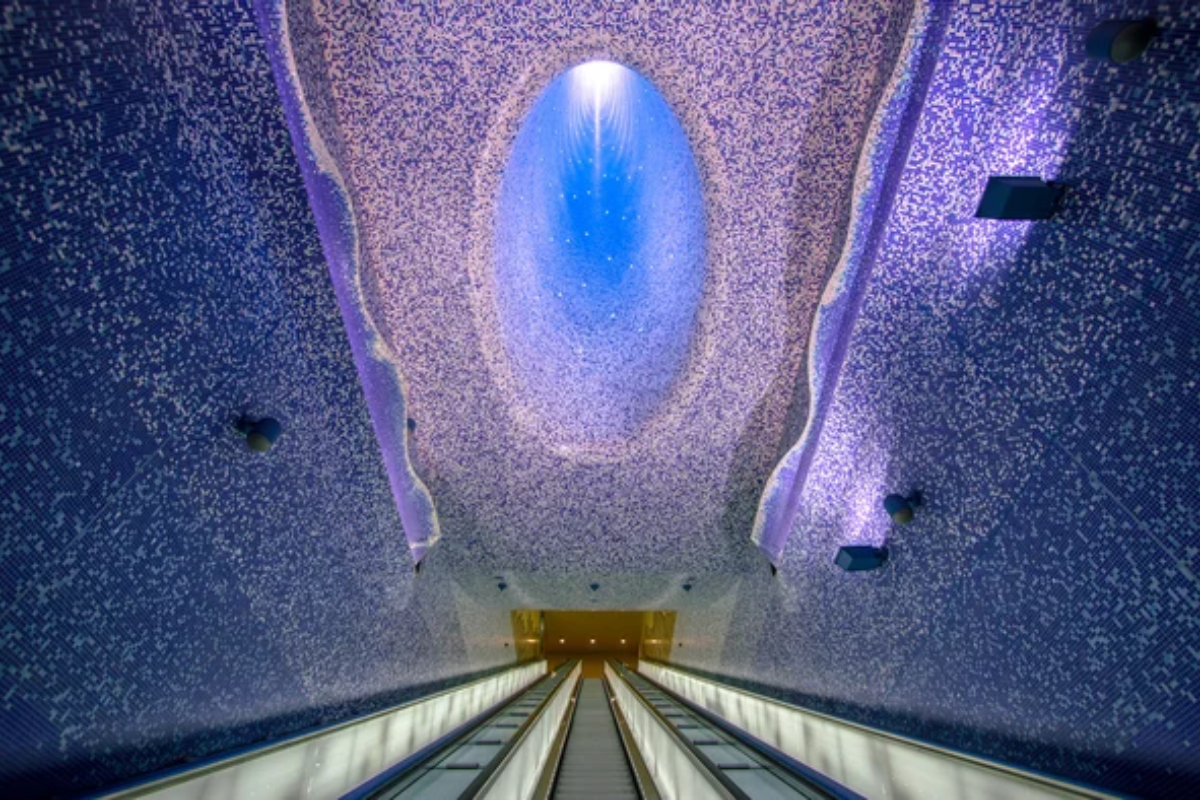
Italy’s newest underground network proves that contemporary transit design can rival historical architecture, with stations designed by internationally renowned architects who’ve created spaces that celebrate both engineering and aesthetics. Toledo station’s blue-tiled walls and LED constellation ceiling create the impression of traveling through underwater caverns, while Università station’s archaeological exhibits showcase Roman and Greek ruins discovered during construction.
The system demonstrates how modern infrastructure projects can enhance rather than diminish urban cultural heritage.
London Underground
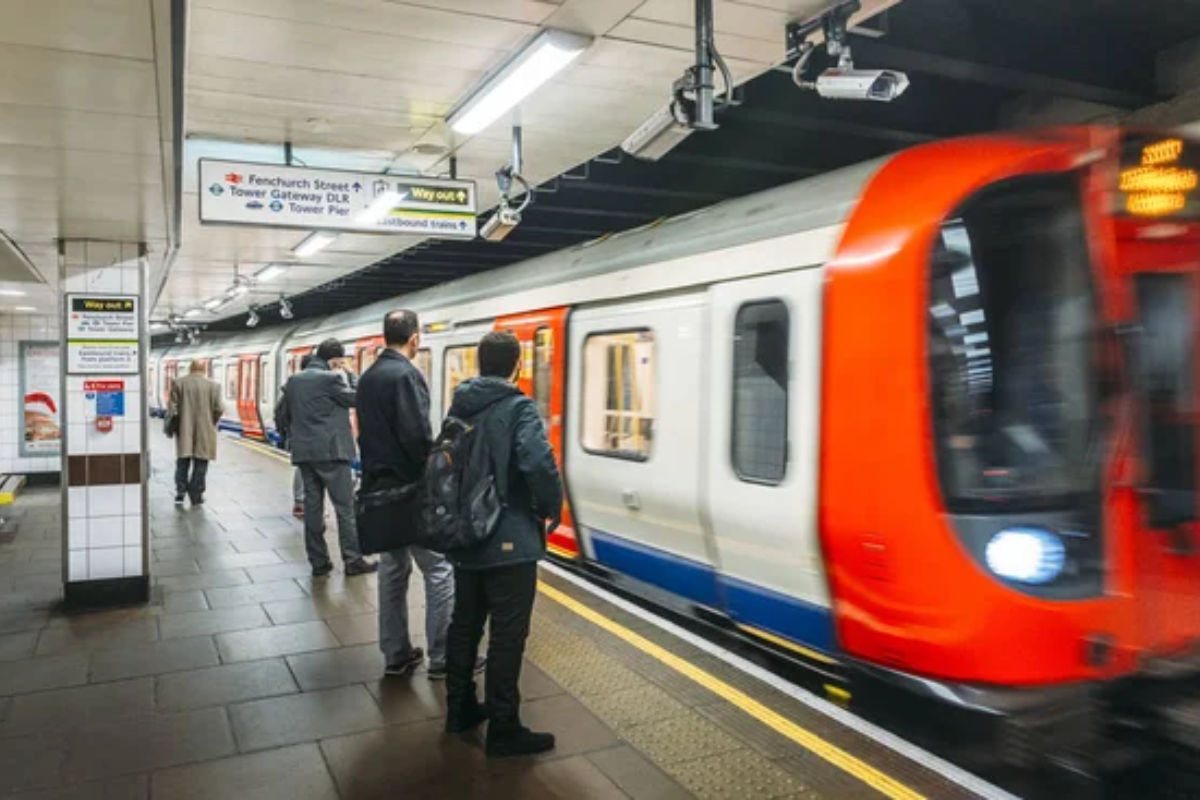
The world’s oldest subway system offers journeys through 160 years of transportation evolution, from Victorian engineering marvels to contemporary architectural statements that reflect London’s changing identity. Baker Street station retains original tile work from the 1860s, while Canary Wharf’s massive underground spaces accommodate the financial district’s 21st-century scale.
The network’s distinctive roundel logo and Harry Beck’s revolutionary map design have influenced transit systems worldwide, making rides through London equivalent to lessons in graphic design history.
Paris Métro
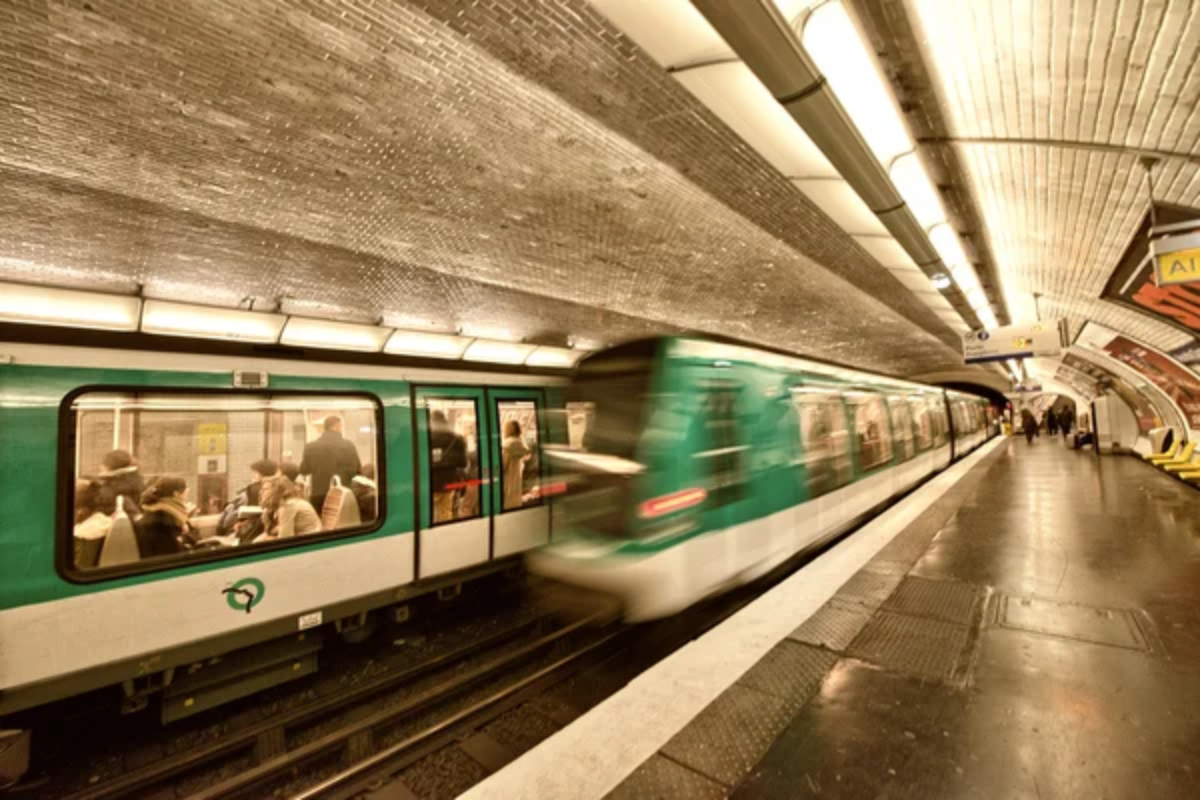
France’s art nouveau subway entrances by Hector Guimard mark the beginning of journeys through a system that treats transportation as a cultural experience rather than a mere necessity. Stations like Arts et Métiers feature copper-colored walls and portholes that create a steampunk atmosphere, while Louvre-Rivoli displays replicas of museum masterpieces that transform waiting areas into gallery spaces.
The system’s integration of art, architecture, and efficient service demonstrates French commitment to bringing aesthetic pleasure to daily routines.
Like Travel Pug’s content? Follow us on MSN.
Washington Métro
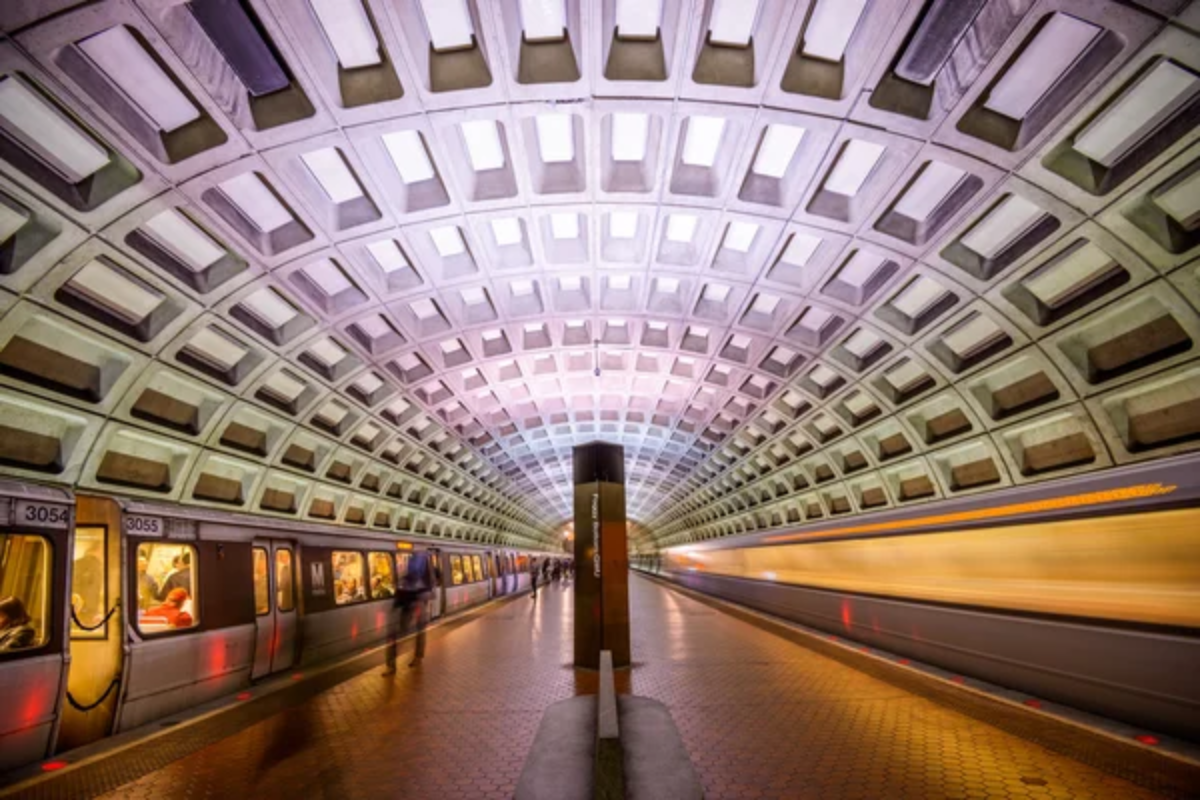
America’s most architecturally ambitious subway system features brutalist concrete vaulting that creates cathedral-like spaces beneath the nation’s capital, with each station designed to reflect the dignity appropriate for government buildings above. The system’s consistent design vocabulary—coffered concrete ceilings, indirect lighting, and granite platforms—creates a unified aesthetic experience that extends across 91 stations.
Riding the Métro provides perspective on 1970s architectural optimism and American attempts to create public spaces worthy of democratic ideals.
Tashkent Métro
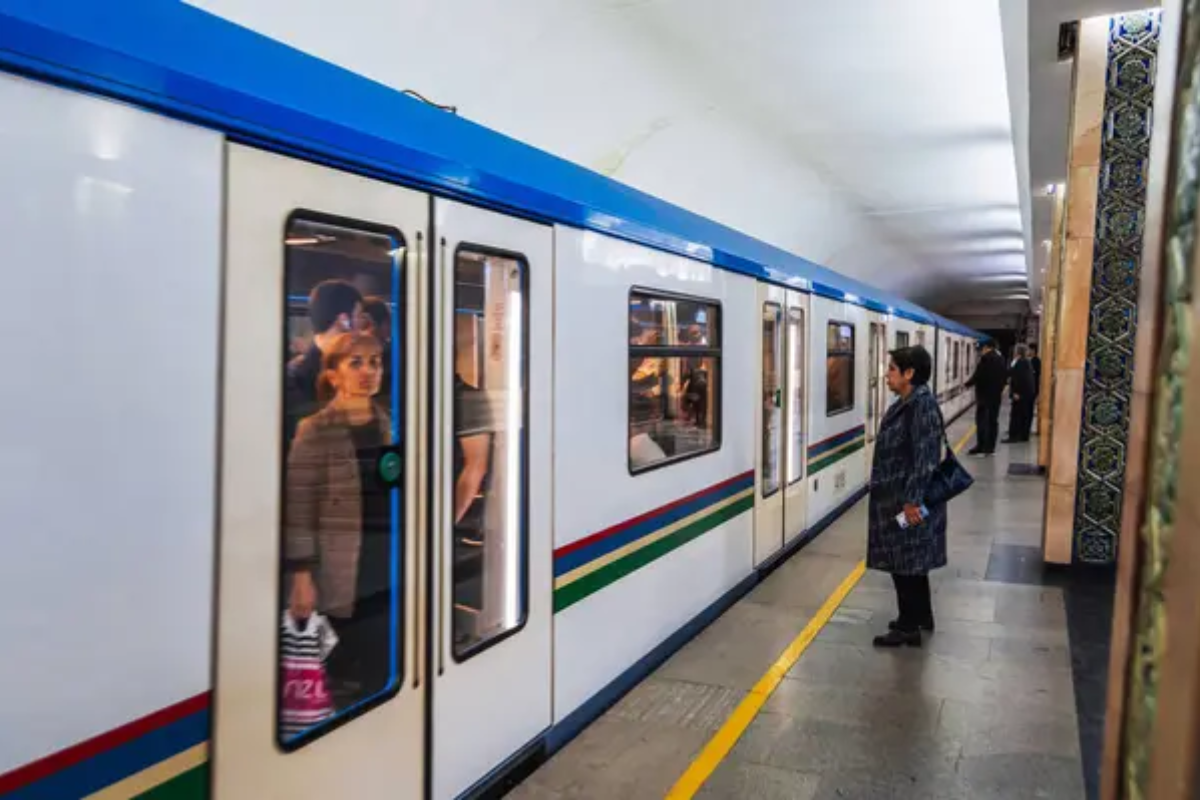
Uzbekistan’s Soviet-era system rivals Moscow in architectural ambition while reflecting Central Asian cultural influences through intricate tile work and regional artistic motifs. Kosmonavtlar station commemorates space exploration with cosmic-themed mosaics, while Alisher Navoi features traditional Islamic geometric patterns executed in modern materials.
The system’s blend of Soviet monumentalism with Uzbek cultural identity creates unique underground spaces that celebrate both political ideology and regional heritage.
Munich U-Bahn

Germany’s engineering-focused approach to subway design emphasizes functional beauty, with stations that demonstrate how technical excellence can create aesthetically pleasing spaces without sacrificing efficiency. Candidplatz station’s primary color scheme and geometric patterns reflect Bauhaus design principles, while Westfriedhof’s platform lighting creates dramatic shadows that transform utilitarian space into architectural theater.
The system proves that German engineering culture can produce transit infrastructure that’s both supremely functional and unexpectedly beautiful.
Like Travel Pug’s content? Follow us on MSN.
Taipei Métro

Taiwan’s modern system combines efficiency with cultural sensitivity, featuring stations that incorporate traditional Chinese design elements while meeting contemporary transportation needs. Formosa Boulevard station’s dome ceiling by artist Narcissus Quagliata creates one of the world’s most spectacular underground spaces, with colored glass that transforms natural light into kaleidoscopic patterns.
The system’s integration of local artistic traditions with international transit technology demonstrates how modern infrastructure can strengthen rather than diminish cultural identity.
Copenhagen Métro
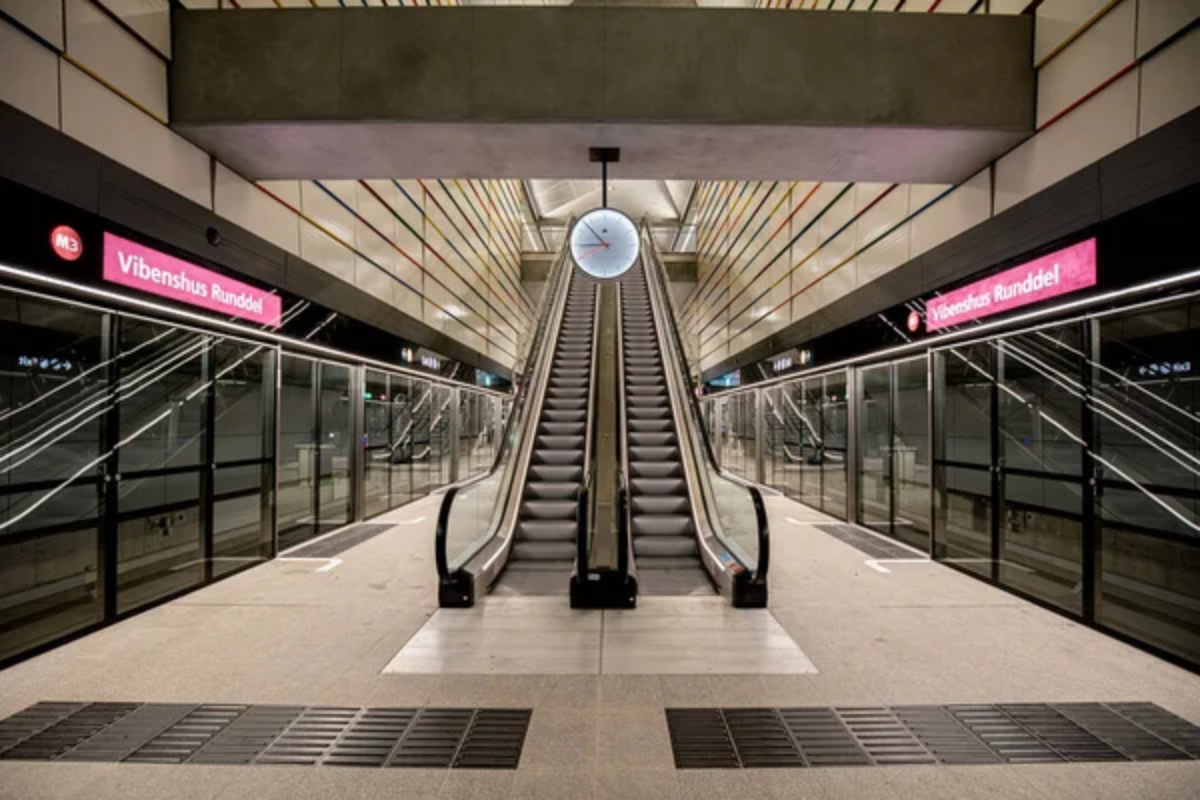
Denmark’s driverless system operates through stations that maximize natural light through innovative architectural solutions, with platforms that feel more like contemporary art installations than transportation infrastructure. Kongens Nytorv station’s glass walls allow views of archaeological excavations that revealed medieval Copenhagen, while Islands Brygge’s harbor views connect underground spaces with the city’s maritime heritage.
The system’s emphasis on light, space, and connection to the street level reflects Scandinavian design values applied to public transportation.
Dubai Métro
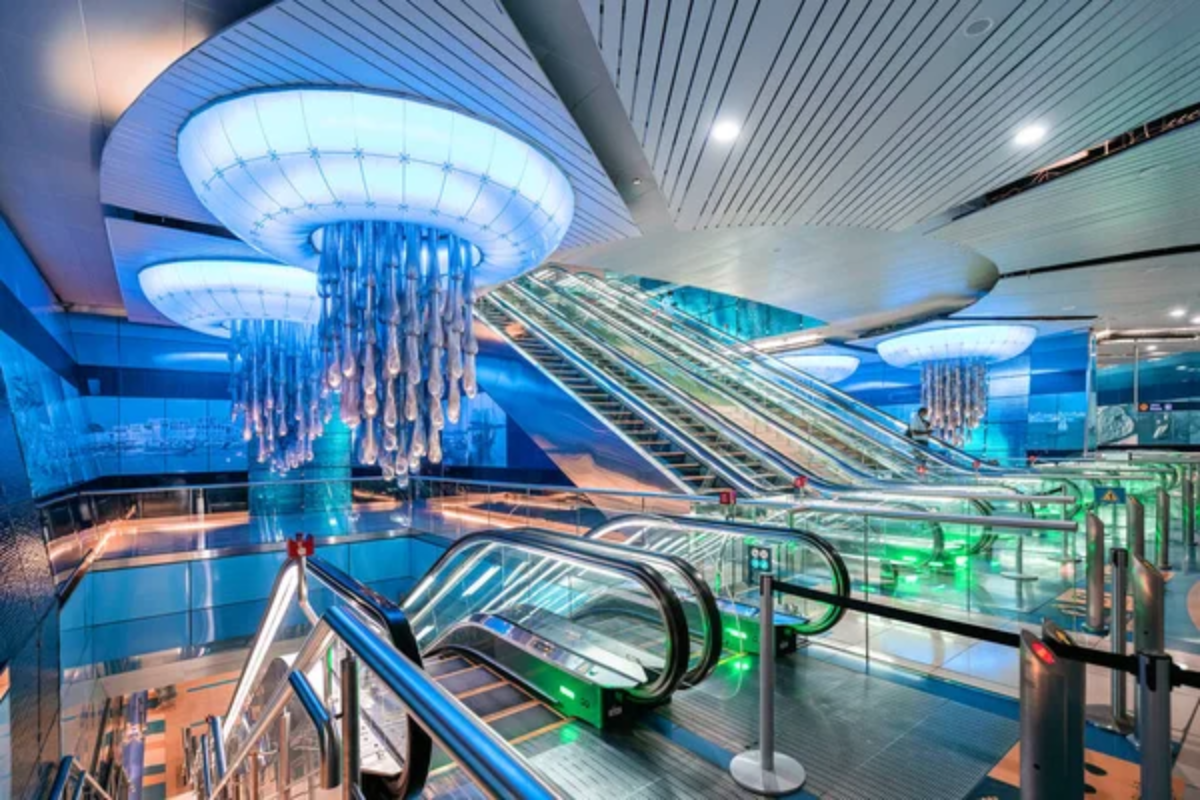
The UAE’s gleaming system offers air-conditioned relief from desert heat while providing elevated views of the city’s dramatic skyline transformation, with stations that reflect Islamic architectural principles through contemporary interpretation. Burj Khalifa/Dubai Mall station handles massive passenger volumes while maintaining the luxury aesthetic that defines Dubai’s public face, featuring marble floors and artistic installations that rival hotel lobbies.
The system demonstrates how oil wealth can create a public infrastructure that serves both practical transportation needs and national prestige.
Like Travel Pug’s content? Follow us on MSN.
Singapore MRT
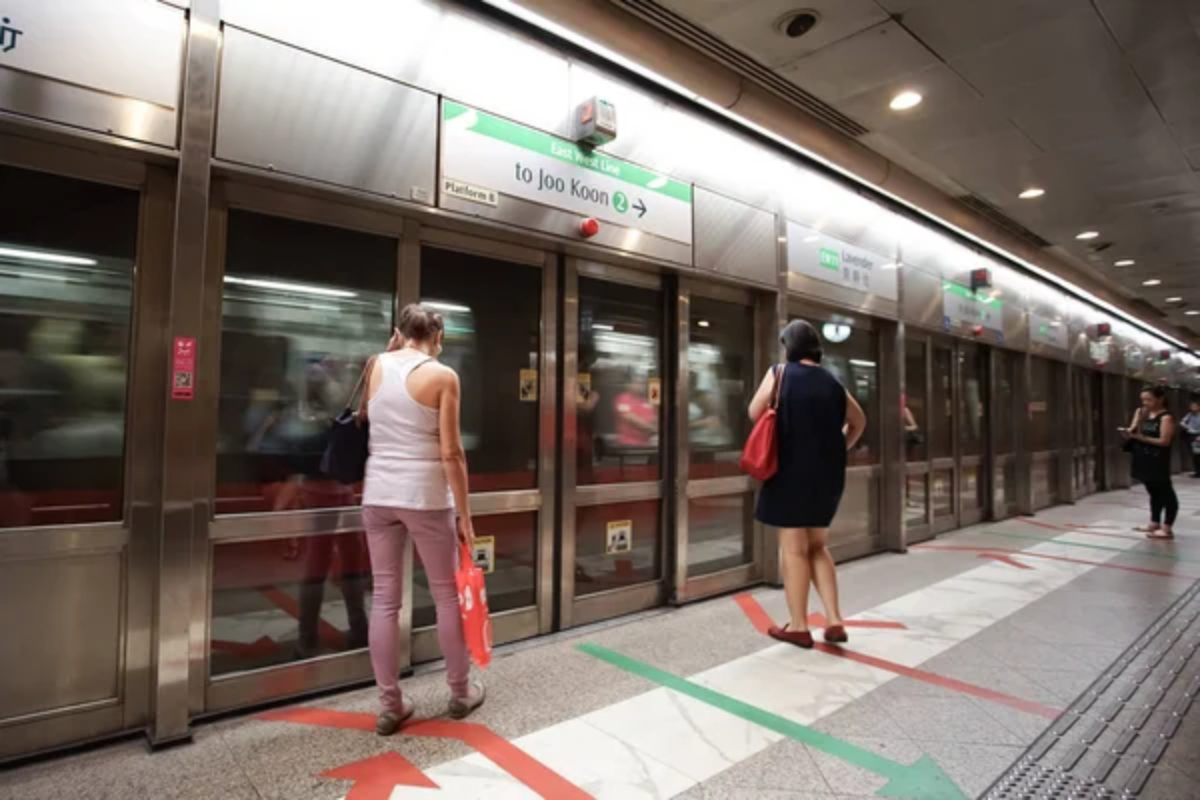
The island nation’s spotless system integrates seamlessly with shopping centers and residential developments, creating underground networks that extend far beyond simple transportation to include retail, dining, and cultural facilities. Dhoby Ghaut station’s three-level interchange connects multiple lines while providing access to arts venues and shopping districts, while Bras Basah station features library facilities that encourage reading during commutes.
The system’s integration with urban development demonstrates how transit infrastructure can anchor comprehensive city planning.
São Paulo Métro
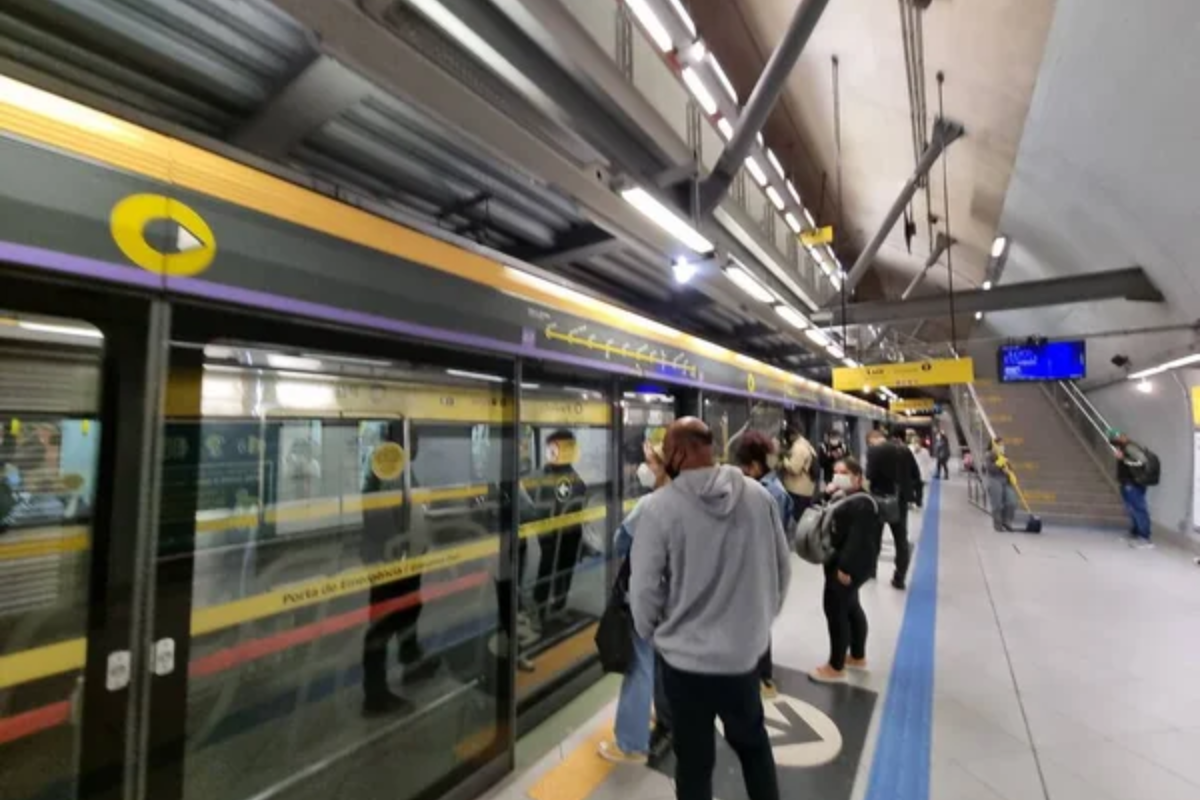
Brazil’s extensive system serves one of the world’s largest urban areas while showcasing Brazilian artistic creativity through station designs that reflect the country’s cultural diversity and artistic traditions. Sumaré station’s colorful tile work celebrates Brazilian modernism, while República station’s integration with cultural facilities demonstrates how public transportation can support urban cultural life.
The system’s expansion into São Paulo’s complex geography requires engineering solutions that rival any transportation project worldwide.
Montreal Métro

Canada’s rubber-tired system operates quietly through stations designed during the 1960s architectural optimism, with brutalist concrete forms that create dramatic underground spaces reflecting Quebec’s distinct cultural identity. Berri-UQAM station’s massive passenger volumes flow through spaces that feel more like underground civic plazas than typical transit facilities, while Place-des-Arts connects directly to the city’s cultural district.
The system’s integration with Montreal’s underground pedestrian network creates a parallel city that functions year-round regardless of harsh winter weather.
Like Travel Pug’s content? Follow us on MSN.
Helsinki Métro
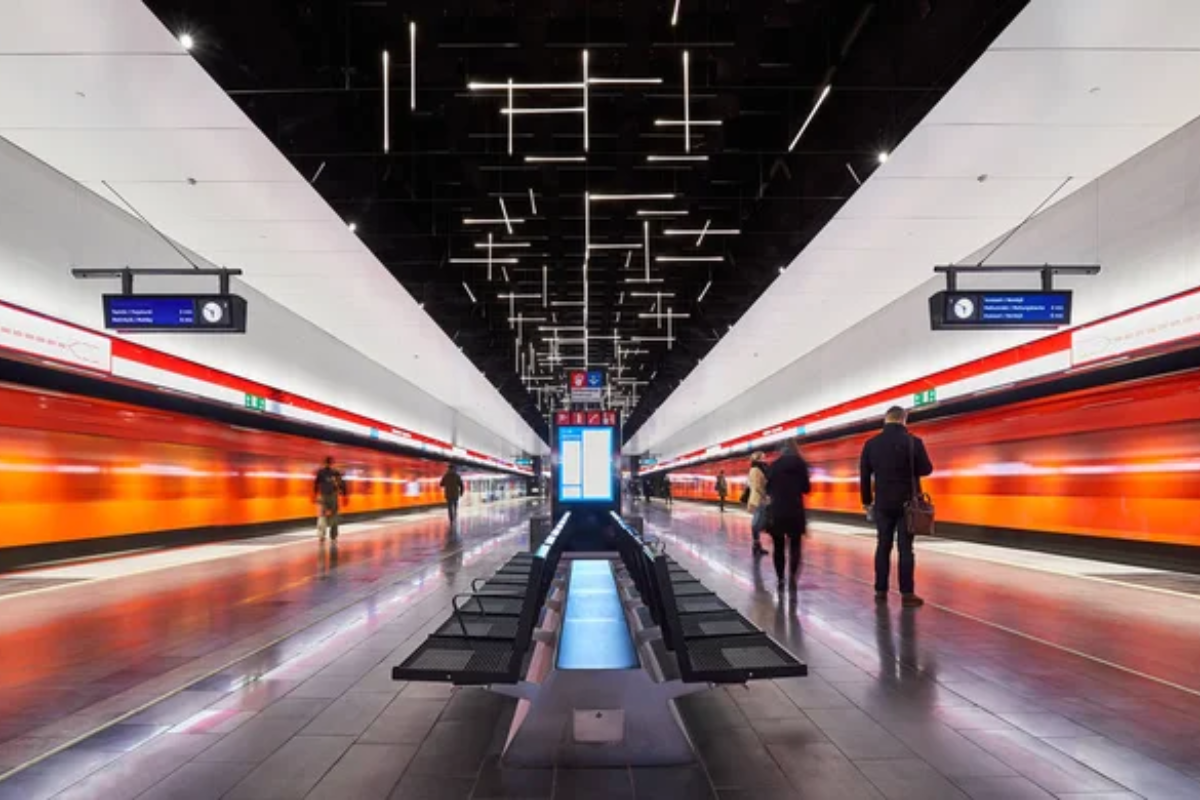
Finland’s northern system operates through granite bedrock that requires minimal artificial lighting, with stations carved directly from living rock that create natural cathedral spaces beneath the capital. Kamppi station integrates with shopping centers and bus terminals to create comprehensive transportation hubs, while Kaisaniemi’s connection to the botanical garden reflects Finnish appreciation for natural spaces within urban environments.
The system’s use of natural materials and integration with the landscape demonstrates Nordic approaches to infrastructure that work with rather than against natural conditions.
Cairo Métro
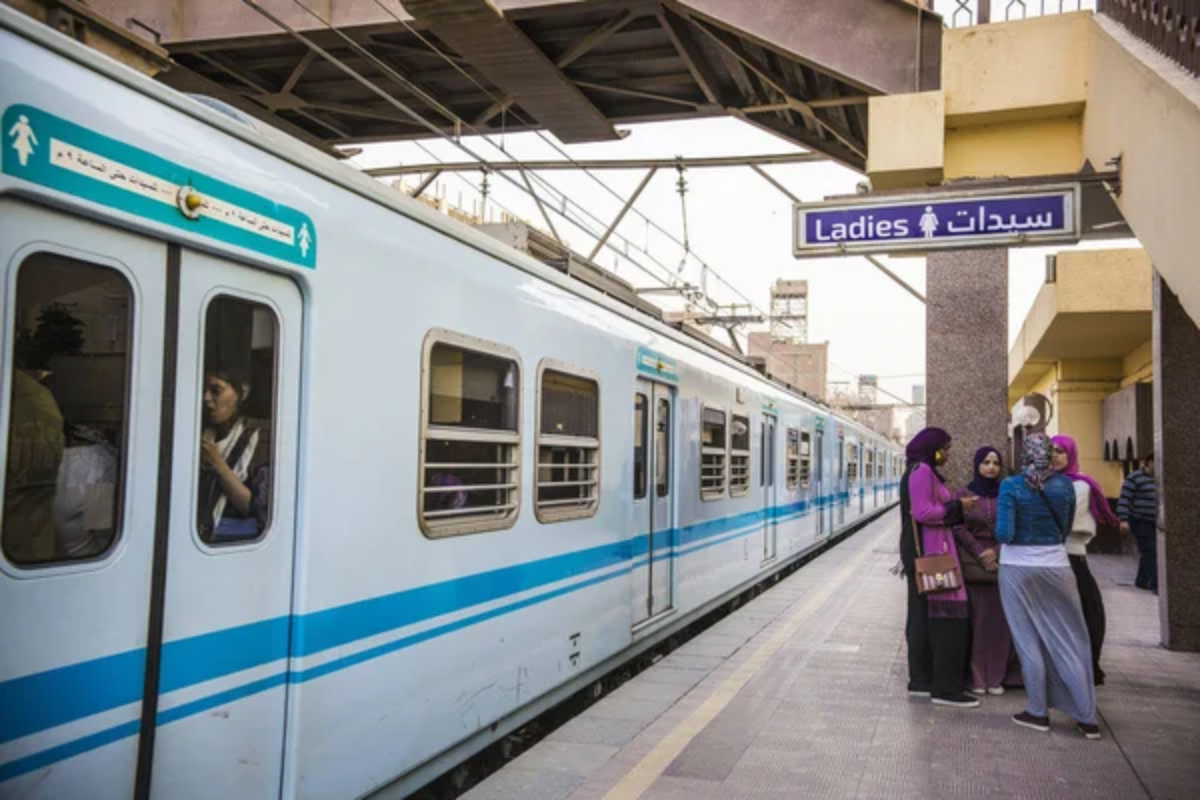
Africa’s first subway system operates through one of the world’s most historically dense cities, with stations that reveal archaeological discoveries made during construction while serving millions of daily passengers. The system’s cars include dedicated sections for women, reflecting local cultural considerations while providing efficient transportation across the sprawling metropolitan area.
Riding Cairo’s Métro offers perspective on how modern infrastructure adapts to ancient urban patterns while respecting cultural traditions that shape daily life.
Prague Métro
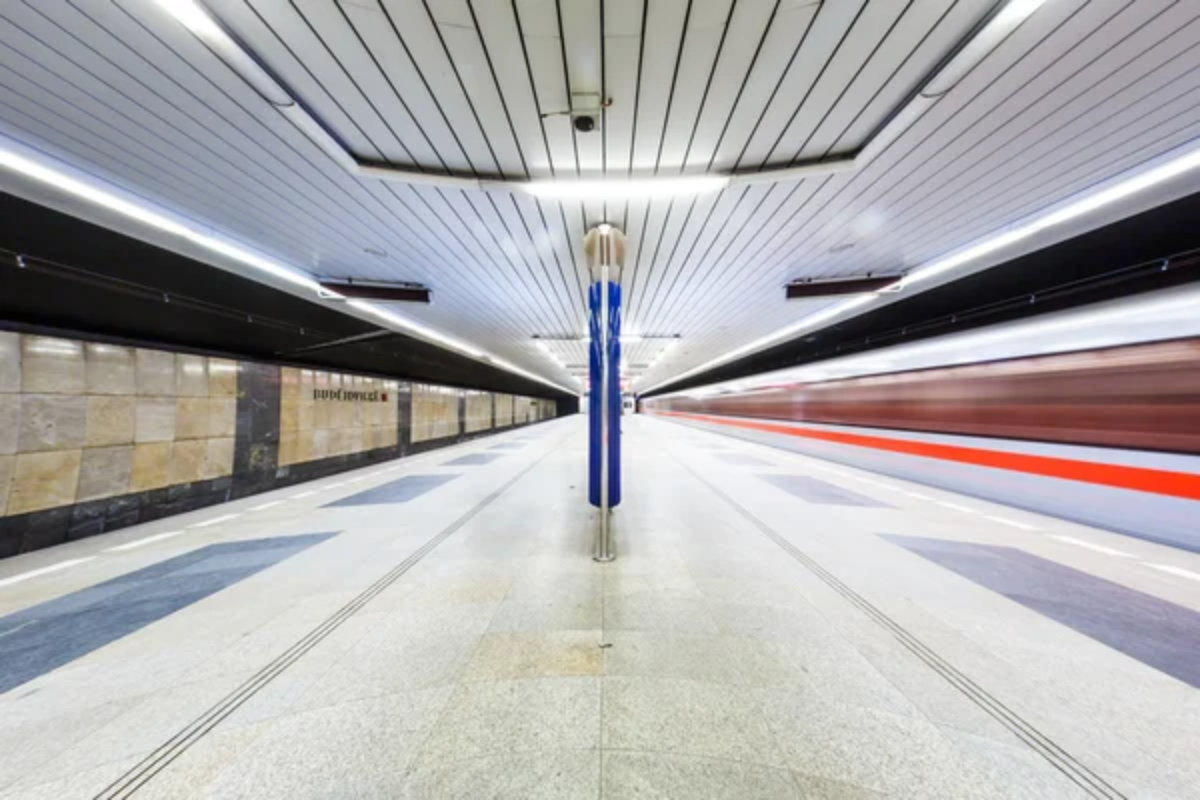
Czech Republic’s system features stations designed during the communist era that demonstrate how political ideology influenced public architecture, with grand spaces intended to reflect socialist values while providing efficient service. Náměstí Míru station claims to be Europe’s longest escalator, while Muzeum station’s connection to Wenceslas Square places riders at the heart of Czech historical and cultural life.
The system’s preservation of original 1970s design elements provides insight into Eastern European architectural history and the relationship between politics and public space.
Like Travel Pug’s content? Follow us on MSN.
Barcelona Métro
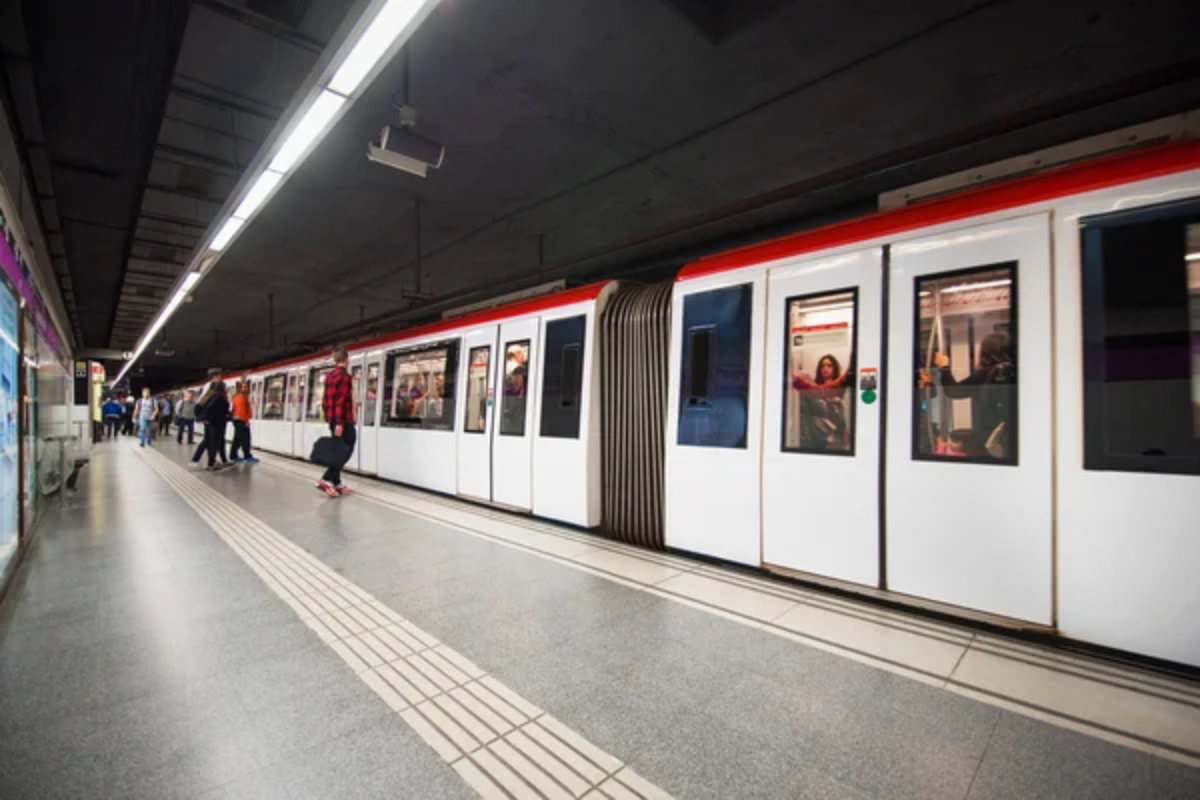
Spain’s Catalan capital operates a system that reflects regional cultural identity through station designs that incorporate local artistic traditions while serving one of Europe’s most visited cities. Drassanes station’s location near the maritime museum connects underground transportation with Barcelona’s seafaring heritage, while Sagrada Família provides direct access to Gaudí’s architectural masterpiece.
The system’s integration with the city’s cultural attractions demonstrates how public transportation can support both daily life and tourism without compromising either function.
Tokyo Métro
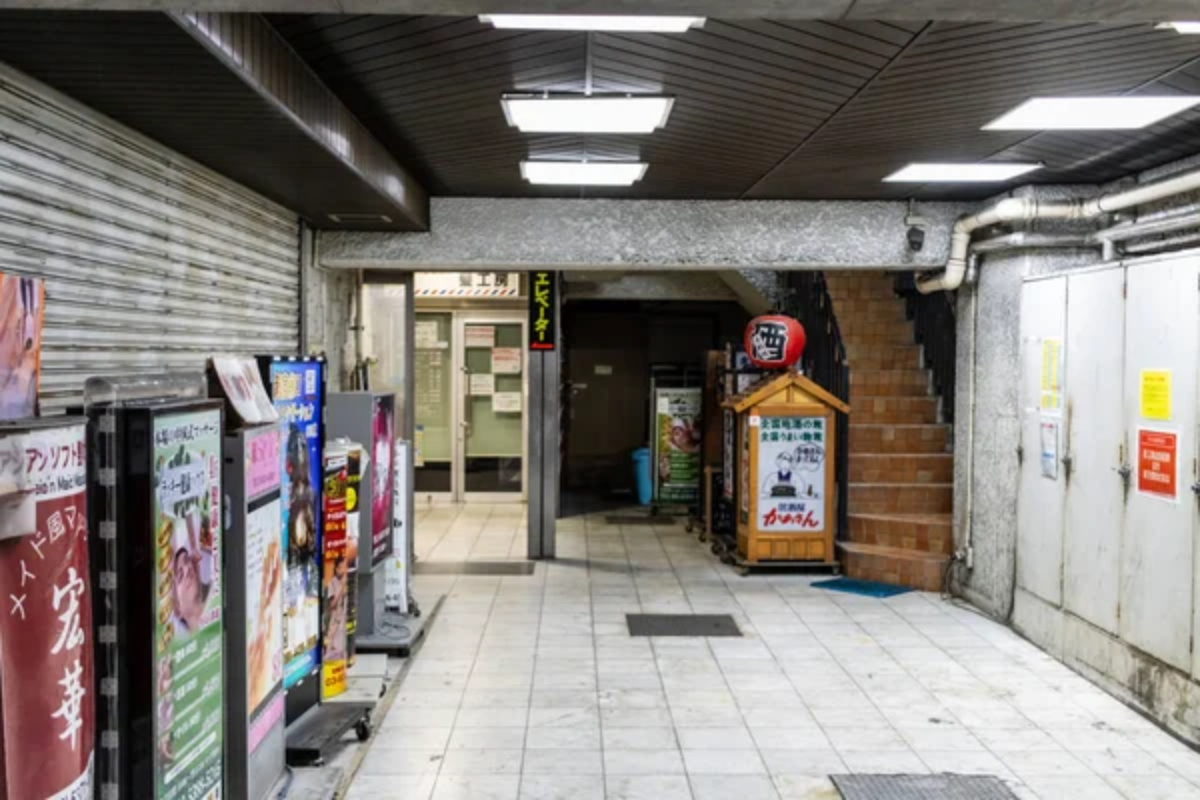
Japan’s incredibly complex network serves the world’s largest urban area through stations that demonstrate how extreme density can be managed through precise engineering and social coordination. Shinjuku Station handles over three million daily passengers through interconnected levels that include shopping, dining, and cultural facilities beneath one of the world’s busiest districts.
The system’s integration of efficiency, cleanliness, and passenger courtesy creates underground experiences that reflect Japanese cultural values while moving massive numbers of people with legendary punctuality.
Journeys Worth Taking
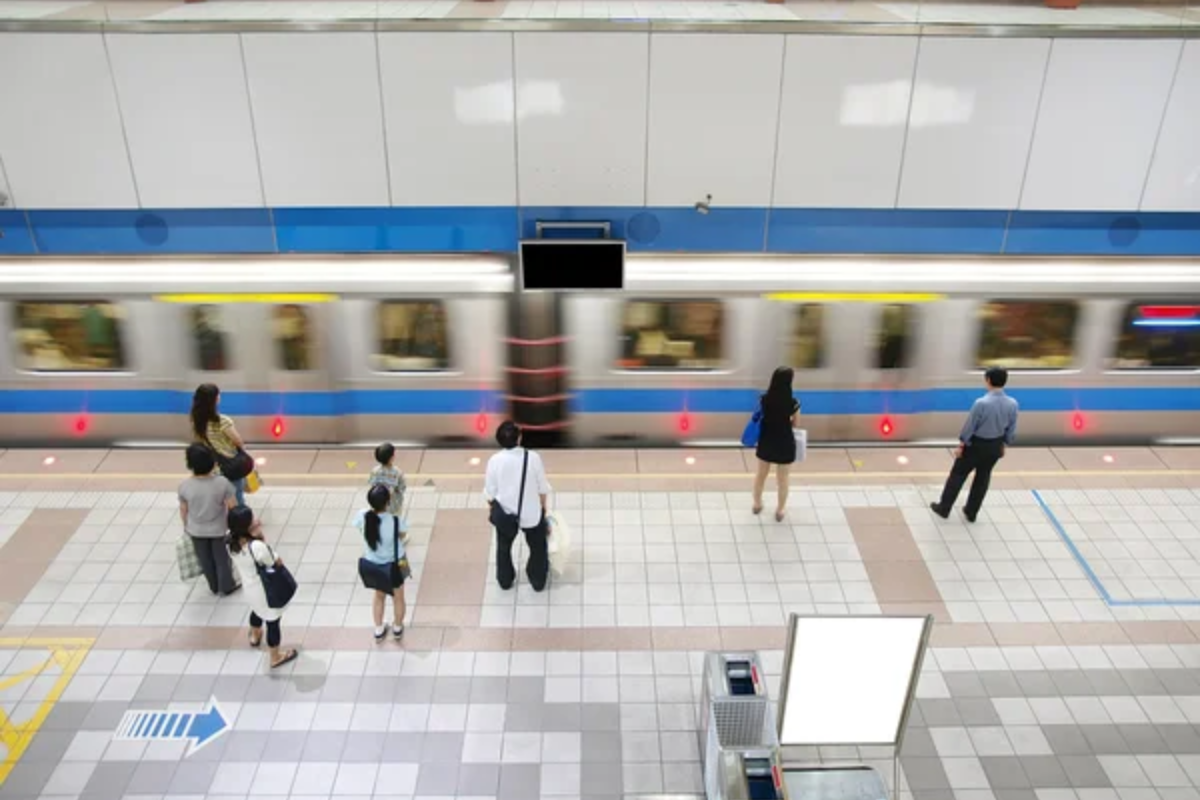
These transportation systems succeed as destinations because they recognize that the time spent traveling between places can be as valuable as time spent at destinations themselves, creating underground environments that enrich daily life rather than merely facilitate movement through it. They demonstrate that public infrastructure can serve multiple purposes—transportation, cultural expression, civic pride, and community gathering—without compromising primary functional requirements.
The best underground transportation transforms necessary journeys into chosen experiences, proving that how we move through cities can be as important as where we’re going and that investing in beautiful, functional public spaces creates returns that extend far beyond simple efficiency measurements.
Like Travel Pug’s content? Follow us on MSN.
More from Travel Pug

- 20 Best Beach Towns in the Carolinas
- 13 Destinations Where Tourists Regularly Regret Their Trip
- 20 Destinations That Are More Magical Without an Itinerary
- 20 Underrated Adventures That Belong on Your Travel List
- 20 Cities Where You Should Just Wing It, No Planning Required
Like Travel Pug’s content? Follow us on MSN.N.
